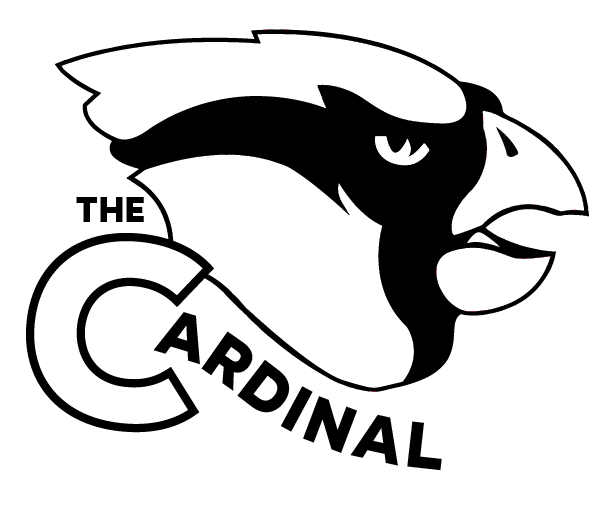Seasonal Depression: What is its impact?
Story by Fabian Rosales »
When people think of winter, most likely the first thing they think of is the holidays, but what happens after New Years? January is known as one of the most depressing months of the year. There’s only one big event in the month and it’s at the beginning of the month. Not only is there not much going on in January, but the overall gloomy atmosphere may contribute to depression. The non-stop grey skies and endless snow shoveling gets tiresome. According to the newspaper the Sun, January has a day dedicated to it being the most depressing day of the year. This day is called ‘Blue Monday,’ it’s usually the third monday of January. This year’s ‘Blue Monday’ was on the 15 of January.
According to the Mayo Clinic, having seasonal depression is actually a disorder. Seasonal Affective Disorder (SAD) is a type of depression that’s related to changes in seasons — SAD begins and ends at about the same time every year. If you’re like most people with SAD, your symptoms start in the fall and continue into the winter months, sapping your energy and making you feel moody. Less often, SAD causes depression in the spring or early summer.
“I wouldn’t say it’s digonasable, but I get down in the winter,” said Mary Young, Sr. She also says that it affects her work.
“Last night I tried to do my Calculus work and I stared at it and dozed off,” Young said.
Since SAD makes you more tired and depressed it doesn’t help with school work. Students tend to slack off.
“It definitely affects my desire to do my school work, but it doesn’t affect my grades because I still do my work,” said Senior Sarah Case.
If you’re like most people who get SAD in the winter months you may oversleep. Appetite changes, especially a craving for foods high in carbohydrates, weight gain and tiredness or low energy.
“You definitely feel more tired,” Case said, “The reason for that is because there isn’t as much daylight.”
According to WebMD, a sunny day may increase levels of a natural antidepressant in the brain. People with SAD develop symptoms of depression in the winter months when there is less daylight. Since January has ended hopefully we’ll be able to shake off our seasonal depression.





